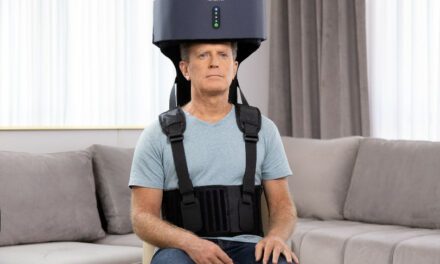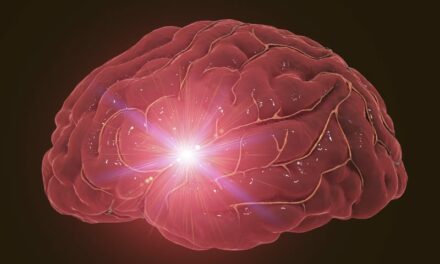Hips generate more power when walking, while ankles generate more power when running, say researchers at North Carolina State University (NCSU).
The study, published in the journal Interface, can help scientists build assistive or prosthetic devices for humans, or construct next-generation robotics, say NCSU biomedical engineers Dominic Farris and Gregory Sawicki, co-authors of the study.
The findings focus on the mechanical power generated by specific lower-limb joints in a single comprehensive experiment of subjects walking and running across a range of speeds.
The study shows that, overall, hips generate more power when walking. That is, until subjects get to the point at which they’re speed walking – walking so fast that it feels more comfortable to run – at 2 meters per second. Hips generate 44% of the power when people walk at a rate of 2 meters per second, with ankles contributing 39% of the power, researchers say.
Running at a 2-meter-per-second rate, the ankles kick in, providing 47% of the power compared to 32% for the hips. Ankles continue to provide the most power of the three lower limb joints as running speeds increase, although the hips begin closing the distance at faster speeds.
“There seems to be a tradeoff in power generation from hips to ankles as you make the transition from walking to running,” Sawicki says.
“Assistive devices such as an exoskeleton or prosthesis may have motors near both the hip and ankle. If a person will be walking and then running, you’d need to redistribute energy from the hip to the ankle when the person makes that transition,” Farris says.
Ten participants walked and ran at various speeds on a specially designed treadmill in the study; a number of cameras captured their gait by tracking reflective markers attached to various parts of the lower limbs while the treadmill captured data from the applied force.
[Source: North Carolina State University]




